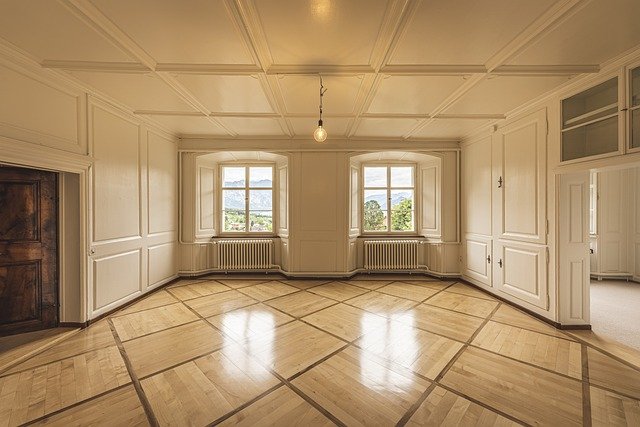The Rise of the Second Home Market: A New Wave of Real Estate Investment
There's a new trend sweeping through the real estate market, and it's creating a wave of opportunities for both buyers and investors. Amidst shifting lifestyles and evolving consumer preferences, the second home market is booming, fueling interest and investment in diverse locations across the globe. This surge isn't confined to traditional vacation spots alone; it's spreading across a variety of locales, from suburban homes to countryside retreats and even city apartments. If you're keen to understand this trend and possibly leverage it for your benefit, this article will guide you through the intricacies of the second home market, its current trends, and its potential for future growth.

A Historical Overview of the Second Home Market
Once considered the preserve of the wealthy, second homes have grown increasingly popular over the past few decades. The trend began to accelerate in the early 2000s as financial prosperity grew, enabling more families to invest in vacation properties. The 2008 financial crisis caused a temporary dip in the market, but it quickly rebounded and has been steadily growing since then. Today, second homes account for a significant portion of the housing market, with demand spurred by factors such as remote working possibilities, low-interest rates, and changing lifestyle preferences.
Current Trends in the Second Home Market
The second home market is currently witnessing several exciting trends. With the rise of remote work, many professionals are seeking second homes in less crowded, more tranquil locations—a shift from the earlier preference for main city properties. Low-interest rates are also fuelishing this trend as they make second home purchases more financially viable. Additionally, changing demographics, particularly the wealth accumulation of millennials, are contributing to the growth of the second home market.
The Strategic Appeal of Second Homes
Investing in a second home offers multiple benefits. For one, it’s a physical asset that can appreciate over time. It can also serve as a source of rental income, providing an additional revenue stream for the owner. Moreover, a second home can enhance the owner’s lifestyle, offering a vacation spot or a change of scenery as needed. However, potential challenges include managing property maintenance from afar, dealing with seasonal demand fluctuations, and navigating complex tax implications.
The Impact on Buyers, Sellers, and Investors
The burgeoning second home market presents a wide range of opportunities. For buyers, it offers the chance to invest in a property that can serve multiple purposes, from a vacation retreat to a potential source of income. Sellers can benefit from the high demand and increased property values. For investors, it represents a promising and diversifying addition to their portfolio.
Looking Ahead: The Future of the Second Home Market
While it’s impossible to predict with certainty, the second home market appears poised for continued growth. As remote work becomes more prevalent, and as more people seek a balance between urban living and tranquil retreats, the demand for second homes is likely to persist. However, it’s essential for buyers, sellers, and investors to stay informed about market trends, financial implications, and potential risks to make the most of this evolving opportunity.
In conclusion, the second home market presents a compelling landscape in the real estate sector. With its unique blend of lifestyle benefits and investment potential, it’s an area that’s attracting increasing attention from a range of stakeholders. As we move forward, this trend is likely to continue shaping the real estate industry in fascinating ways.





